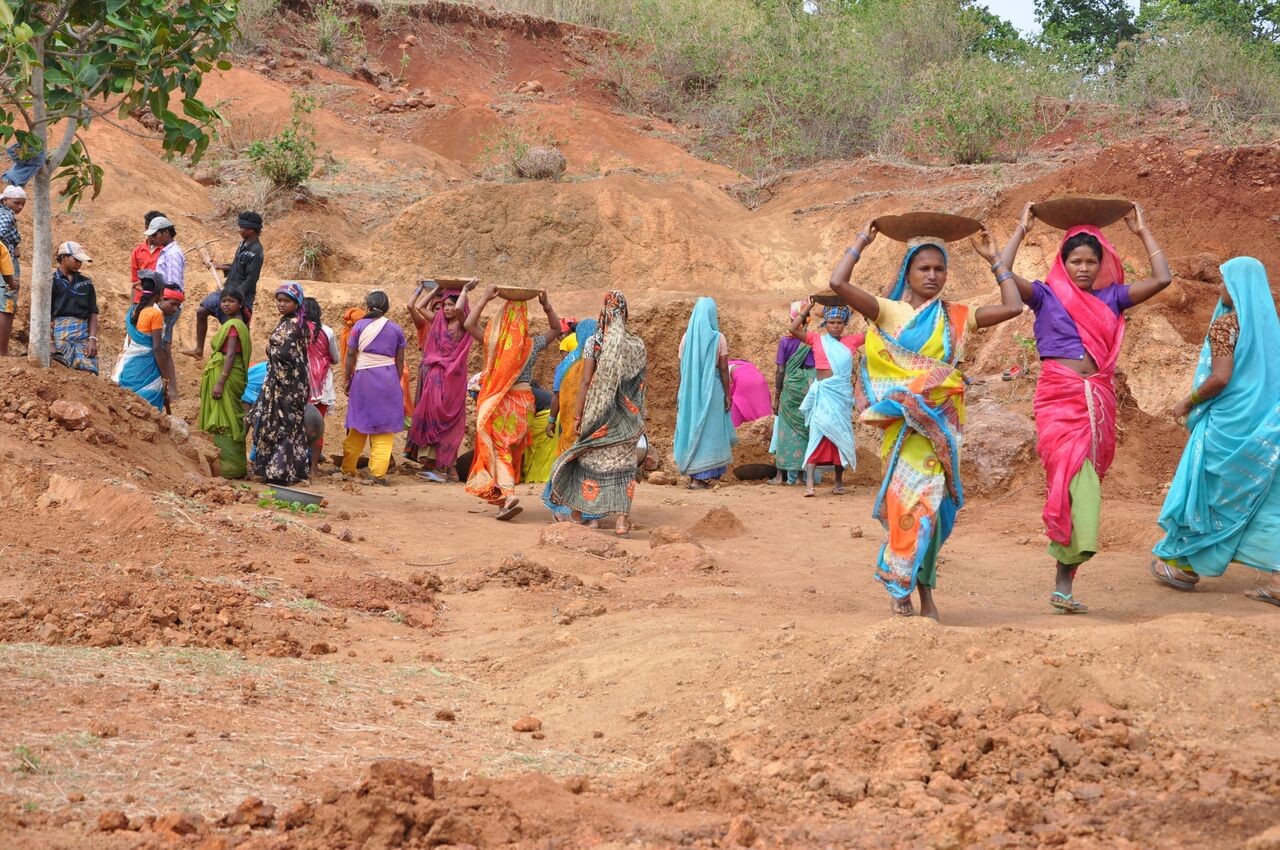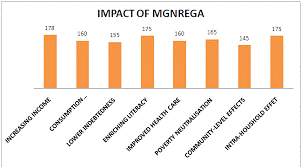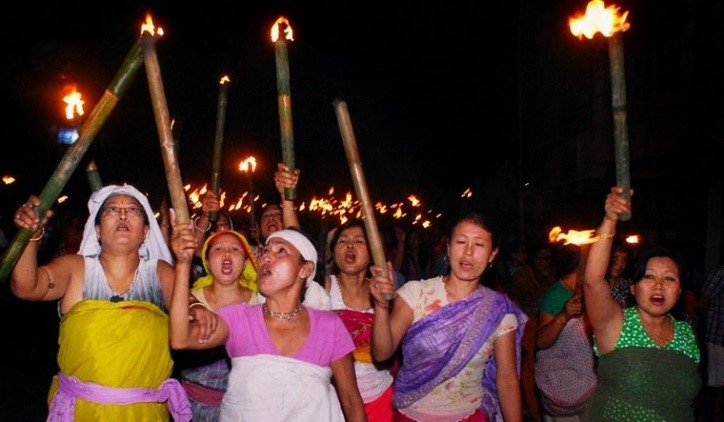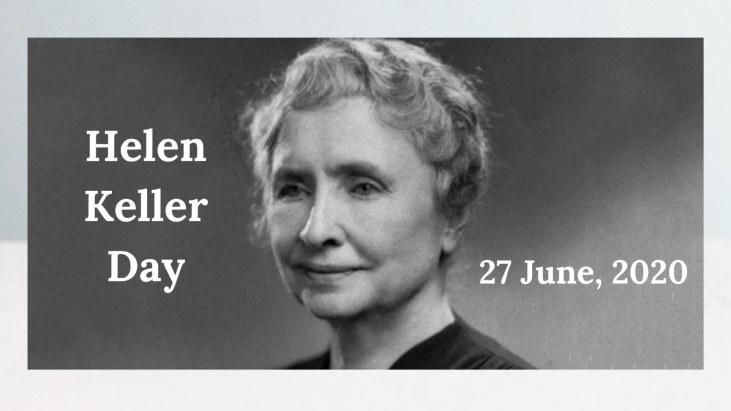Description

Figure 3: No Copyright Infringement Intended
Context:
- Many states are running out of funds to continue timely payments under MGNREGA.
- According to its own financial statement, the Mahatma Gandhi National Rural Employment Guarantee Act (MGNREGA) scheme shows a negative net balance of Rs 8,686 crores.
- Close to 21 out of 35 states and UTs have already utilised over 100% of the allocated funds under MGNREGA for the financial year 2022 till October 29, 2021.
- Key states are showing a negative net balance with Andhra Pradesh, Tamil Nadu, and West Bengal faring the worst. Andhra Pradesh and Tamil Nadu had a negative balance of Rs 2,323 crores and Rs 1,999 crores respectively.
Reasons for lack of budget:
- scheme’s 2021-22 budget was set at ₹73,000 croreswith the option of supplementary allocations in case of any insufficiency.
- State governments have used it as supply led scheme rather than demand driven scheme.
- It will lead to delay in payment of wages as well material cost.
- It will increase the distress on marginalized section and poor.
About MGNREGA:
The Mahatma Gandhi National Rural Employment Guarantee Act (MGNREGA) has the following objectives:
- Provide 100 days of guaranteed wage employmentto rural unskilled labour
- Increase economic security
- Decrease migration of labourfrom rural to urban areas
- Grassroots-driven approach to employment generation.
- Programmes under the act are demand driven.
- The scheme is funded by the central government, which bears the full cost of unskilled labour and 75% of thecost of material for works undertaken under this law.
- The central and state governments audit the works undertaken under this act through annual reports prepared by CEGC(Central Employment Guarantee Council) and the SEGC (State Employment Guarantee Councils).
Success of MGNREGA:
- Reduced the distress in agriculture & economydue low agricultural productivity & small land-holding size thus provided them better livelihood opportunities.
- Most of MGREGA work is directed towardsbuilding irrigation canals, tanks etc. thus provides resources base for further rural development.
- It has reduced rural distress & intensive urban migration.
- The provisions like work up to 5 km from home, equal wages promotes womenempowerment, gender parity & directed towards backward section of society.
- The programme has generated over 1,980 crore person-days. In theshort span of 10 years that the Act has been in existence, it has generated 19.86 billion person-days of employment benefitting 276 million workers, with more than half the jobs going to women workers and almost a 3rd to members of scheduled castes and scheduled tribes.
- It has resulted into social upliftment for all sections including SC/ST. The percentage of Scheduled Caste workers benefitted under the scheme has consistently been about 20% and of Scheduled Tribe workers has been about 17%.
- The legislation has reduced distress migration in traditionally migration-intensive areas.
- MGNREGA has played a much larger role in revitalizing the labour market in rural areas. Not only has it led to the creation of a class of workers who are using the MGNREGA as a safety net, but also these workers are also able to use it as a bargaining tool for extraction of higher wages.

Challenges:
- Ridiculously low wage rate: Currently, MGNREGA wage rates of 17 states are less than the corresponding state minimum wages.
- Insufficient budget allocation:MGNREGA’s success at the ground level is subject to proper and uninterrupted fund flow to the states.
- Regular payment delays:The Union Ministry of Rural Development considers wages paid once the FTO (Fund Transfer Order) is signed by the second signatory. However, delays take place even in the processing of signed FTOs, for which the Management Information System (MIS) does not calculate compensation.
- Workers penalised for administrative lapses: The ministry withholds wage payments for workers of states that do not meet administrative requirements within the stipulated time period
- The banking puzzle:The rural banks are highly de-capacitated in terms of staff and infrastructure and thus always remain hugely crowded. The workers normally have to visit the banks more than once to withdraw their wages.
- Faulty MIS data: The increase in corruption and weakening accountability has roots in the excessive dependence of implementation of MGNREGA on technology (real-time MIS being one of them). There is a growing pile of evidence on how real-time MIS has made MGNREGA less transparent for workers, reduced accountability of frontline functionaries and aided in centralisation of the programme.
- Non-payment of unemployment allowance: There are a huge number of unemployment allowances being shown in the MIS currently.
- Genuine job cards being deleted to meet 100% DBT targets:Genuine job cards are being randomly deleted, as there is a huge administrative pressure to meet 100 per cent Direct Benefit Transfer (DBT) implementation targets in MGNREGA.
- Too much centralisation weakening local governance:A real-time MIS-based implementation and a centralised payment system has further left the representatives of the Panchayats Raj Institutions with literally no role in implementation, monitoring and grievance redress of MGNREGA schemes.
- Administration not honouring local priorities:MGNREGA could be a tool to establish decentralised governance. However, with the administration almost dictating its implementation, it is literally a burden now for the people and especially for the local elected representatives.
Government Reforms:
- Geo MGNREGAis a path breaking initiative that uses space technology for geo-tagging all assets created under MGNREGA for improved planning, effective monitoring, enhanced visibility and greater transparency.
- Direct benefit transfer: To further streamline the fund flow mechanism and bring down delay in payment of wages, the Ministry of Rural Development has implemented National Electronic Fund Management System (NeFMS) in 21 States and 1 Union Territory.
- Initiative has been taken to simplify MGNREGA through issuance of Annual Master Circular (AMC) for FY 2016-17 by superseding 1039 circulars/advisories issued earlier.
- Reduction in number of Registers being maintained at Gram Panchayat level to seven simplified Registers from an average of 22 Registers has been implemented.
- The programme is progressing towards a more independent and empowered system of Social Audit and Internal Audit to ensure growth with accountability through a trained community cadre of social auditors drawn from women SHGs.
- The Ministry has taken up skill development of the MGNREGA workers through initiatives like Bare Foot Technicians and Project LIFE (Livelihood in Full Employment) in order to move them up the skilling ladder.
- The Ministry initiated Inter State Exchange Programmes, a process ensuring sharing of ideas and good practices.









